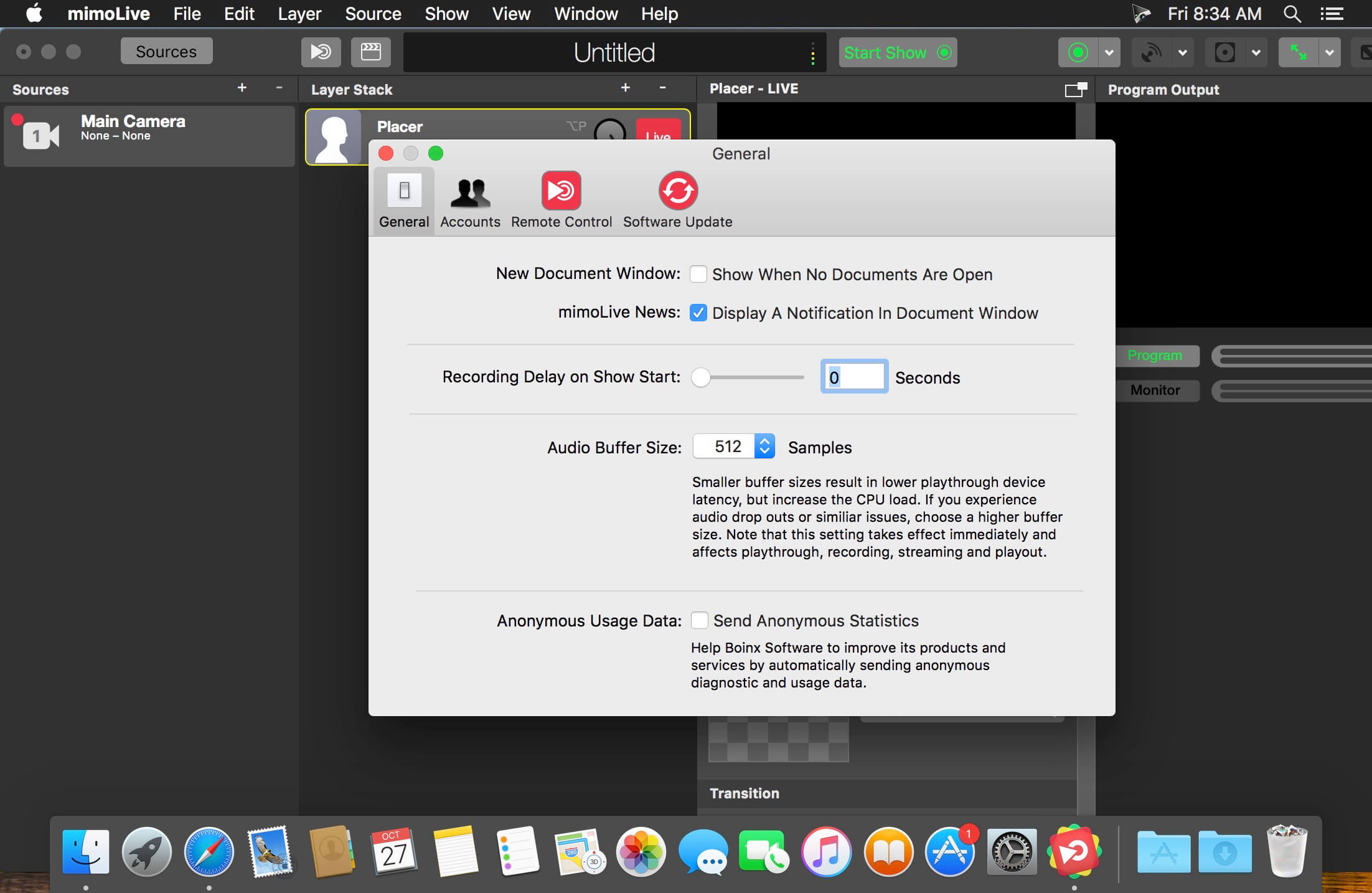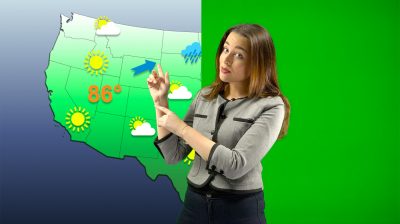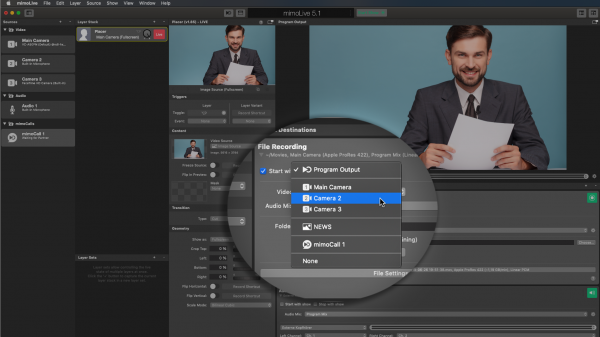
This leads to more spills, and the color green might reflect and bleed over to the person in front of it. On the other hand, green is also quite bright. As a result, you will be able to pull off a clean key without any noise, and often, without complicated lighting setups. With the advent of high-definition digital cameras, chroma key is processed the cleanest with the highest luminance. Otherwise, if let’s say your actor is wearing a bright green tie in front of a green screen, he’ll end up with a transparent strip down his chest where the tie is supposed to be! The background has to be a completely different color from the subject. You wouldn’t be able to film Kermit the Frog against a green screen-he’d disappear! In this case, you’d typically use a blue screen, the “second-in-line” color. All you need to do is replace the green screen with the background of your choice and presto, you are on Venice or the Martian surface.īut green doesn’t work for everything.


#MIMOLIVE GREENSCREEN SOFTWARE#
However, with the advent of digital cameras and video editing software that run on any home PC, almost anybody can use it without breaking the bank. It used to be an expensive process in the age of analog film. So, it can be easily removed in post-production, assuming it is going to be a human in front of the screen.
#MIMOLIVE GREENSCREEN SKIN#
Green is used for the simple reason that it is the least likely color to be found in human skin tones. When used with more sophisticated 3D techniques, this process can add any new element (smoke, fire, rain, etc.) to complex moving shots. Then chroma key singles out the selected color (usually green) and digitally removes it by rendering it transparent. two images or video streams are layered together) into the shot. When a background isn’t available-like a fictional, alien, historic, futuristic, or even just hard-to-access location-the green screen comes to the rescue.Īfter the footage is shot, the compositors take over. It’s used in film production (also in news and weather reports) to simply place the desired background behind the subject, actor, or anchor. Zoom call has one of its most popular features the Virtual Background, which allows you to display an image or video as your background during a meeting in a Zoom Room.Ī green screen basically lets you drop in whatever background images you want behind the actors and/or foreground. This allows you to layer video sources. It is a visual effects (VFX) technique where two images or video streams are layered-i.e. Real-time chroma keying enables you to turn certain colored areas into transparent.

This screen is usually blue or green, hence the chroma key is often referred to as a ‘blue screen’ or ‘green screen’ effect. A green screen is used to film objects in front of a flat-screen of a single color.


 0 kommentar(er)
0 kommentar(er)
